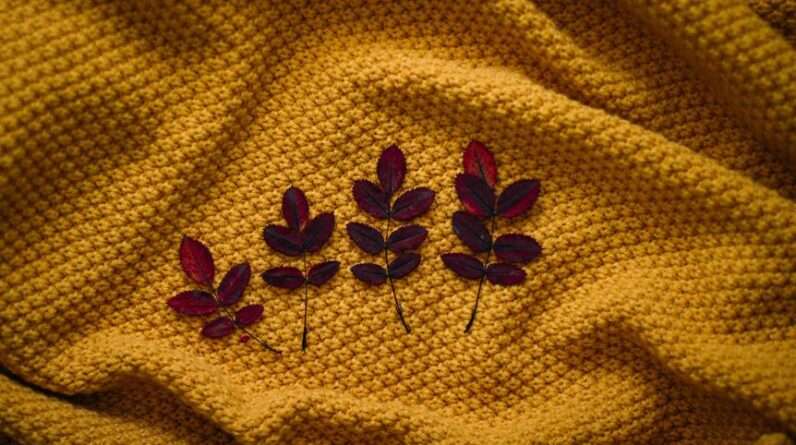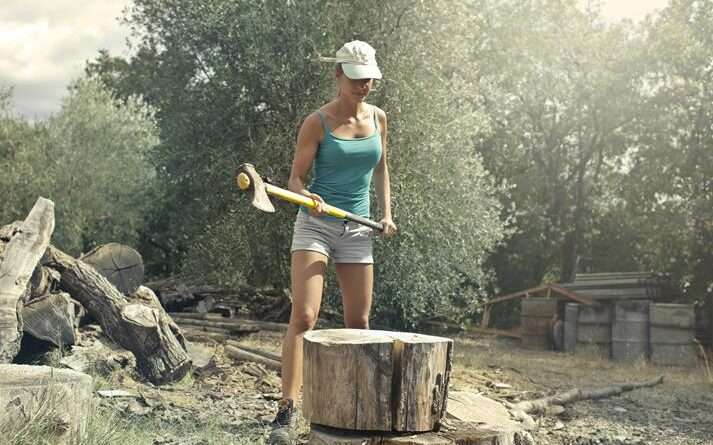
Have you ever wondered how to transform your autumn leaves into valuable compost? Look no further! In this article, we will delve into the art of composting and show you how to turn those golden leaves into nutrient-rich soil for your garden.
By following our research-based techniques and environmentally-conscious methods, you can master the process of composting and reap the benefits of this sustainable practice.
Get ready to unlock the secrets of turning autumn leaves into gold!
Key Takeaways
- Composting autumn leaves is a beneficial practice.
- Choosing the right composting method is important for efficient leaf decomposition.
- Properly shredding autumn leaves helps accelerate the composting process.
- Managing moisture levels is crucial for successful leaf composting.
The Benefits of Composting Autumn Leaves
You should definitely consider composting your autumn leaves – it’s such a beneficial practice! When it comes to composting, the carbon to nitrogen ratio plays a crucial role in the decomposition process.
Autumn leaves are rich in carbon, but they lack sufficient nitrogen for efficient decomposition. To achieve the ideal ratio of carbon to nitrogen, it’s important to add nitrogen-rich materials such as grass clippings or kitchen scraps to the mix. This will speed up the decomposition process and help create nutrient-rich compost.
Additionally, chopping or shredding the leaves before composting can also accelerate decomposition by increasing the surface area for microbes to break down the organic matter.
Choosing the Right Composting Method for Autumn Leaves
There are two main composting methods for autumn leaves: the traditional pile method and the convenient bin method. Both methods have their advantages and it’s important to choose the one that suits your needs best.
The traditional pile method involves creating a large pile of leaves and allowing them to decompose naturally over time. This method is ideal for those who’ve a large amount of leaves to compost and plenty of space in their yard. However, it can take several months for the leaves to fully decompose.
On the other hand, the convenient bin method involves using a compost bin to speed up the decomposition process. This method is perfect for those who’ve limited space or want to produce compost more quickly. You can choose between hot composting, which requires regular turning of the pile to increase the temperature, or vermicomposting, which involves using worms to break down the leaves.
Whichever method you choose, composting autumn leaves is a great way to reduce waste and create nutrient-rich soil for your garden.
Tips for Properly Shredding Autumn Leaves for Composting
To properly shred autumn leaves for composting, gather a pile of leaves and use a leaf shredder or a lawnmower with a mulching blade to break them down into smaller pieces. Leaf mulching is an essential step in the composting process as it helps accelerate decomposition and creates a nutrient-rich end product.
Here are some tips for properly shredding autumn leaves:
- Choose the right equipment:
- Leaf shredder: Invest in a quality leaf shredder specifically designed for breaking down leaves into smaller pieces.
- Mulching lawnmower: If you already have a lawnmower, attach a mulching blade to it for efficient leaf shredding.
- Follow proper techniques:
- Start shredding when the leaves are dry to prevent clogging and ensure better results.
- Run the shredder or lawnmower over the leaves multiple times to achieve a finer shred.
By shredding your autumn leaves, you create smaller surface areas that promote faster decomposition. This process helps you achieve nutrient-rich compost in a shorter period.
Once you have properly shredded your leaves, managing moisture levels in your autumn leaf compost becomes the next crucial step.
Managing Moisture Levels in Your Autumn Leaf Compost
To effectively manage the moisture levels in your autumn leaf compost, add small amounts of water as needed and mix thoroughly to ensure proper hydration throughout the compost pile.
Maintaining the right moisture balance is crucial for the success of your composting process. If the compost becomes too dry, decomposition slows down, and the breakdown of organic matter becomes inefficient. On the other hand, excessive moisture can lead to anaerobic conditions, resulting in unpleasant odors and the growth of harmful bacteria.
By regularly checking the moisture levels and adding water as necessary, you can prevent these issues.
Additionally, proper moisture management plays a key role in preventing pests from infesting your compost pile. Moisture control helps create an environment that’s less attractive to pests such as flies and rodents.
How to Use Your Finished Autumn Leaf Compost in the Garden
You can now apply your finished autumn leaf compost in the garden to enrich the soil and nourish your plants. Autumn leaf compost is a valuable resource that can be used in various ways, not just in the garden. Here are some creative uses for autumn leaf compost in home decor:
- Use it as a mulch for indoor potted plants to retain moisture and provide nutrients.
- Create a natural and organic potting mix by mixing autumn leaf compost with soil for your indoor plants.
Incorporating autumn leaf compost into indoor potted plants has several benefits. It improves soil structure, promotes healthy root growth, and enhances nutrient availability. Additionally, the compost acts as a natural fertilizer, providing essential nutrients to your plants.
Frequently Asked Questions
Can I Compost Other Types of Organic Waste Along With Autumn Leaves?
Yes, you can compost other types of organic waste along with autumn leaves. Composting methods vary, but incorporating a mix of green and brown materials can speed up decomposition. This benefits your garden by providing nutrient-rich compost for healthy plant growth.
How Long Does It Take for Autumn Leaves to Decompose and Turn Into Compost?
Autumn leaves can take 6 to 12 months to fully decompose into compost. Utilizing them as mulch for garden beds improves soil quality, retains moisture, and suppresses weeds. Shredding leaves and turning the pile regularly speeds up decomposition.
Can I Use the Compost Made From Autumn Leaves as a Potting Mix for Indoor Plants?
Yes, you can use compost made from autumn leaves as a potting mix for indoor plants. It provides numerous benefits like improving soil structure, retaining moisture, and supplying essential nutrients for healthy plant growth.
Is It Necessary to Turn or Aerate the Compost Pile While Composting Autumn Leaves?
To ensure proper decomposition, it is necessary to turn or aerate the compost pile while composting autumn leaves. This helps create oxygen-rich conditions and speeds up the breakdown process.
Can I Add Grass Clippings or Kitchen Scraps to the Compost Pile Along With Autumn Leaves?
Yes, you can add grass clippings and kitchen scraps to the compost pile along with autumn leaves. This will increase the nutrient content, speed up decomposition, and create a more balanced compost. Remember to layer them properly for maximum composting benefits.












